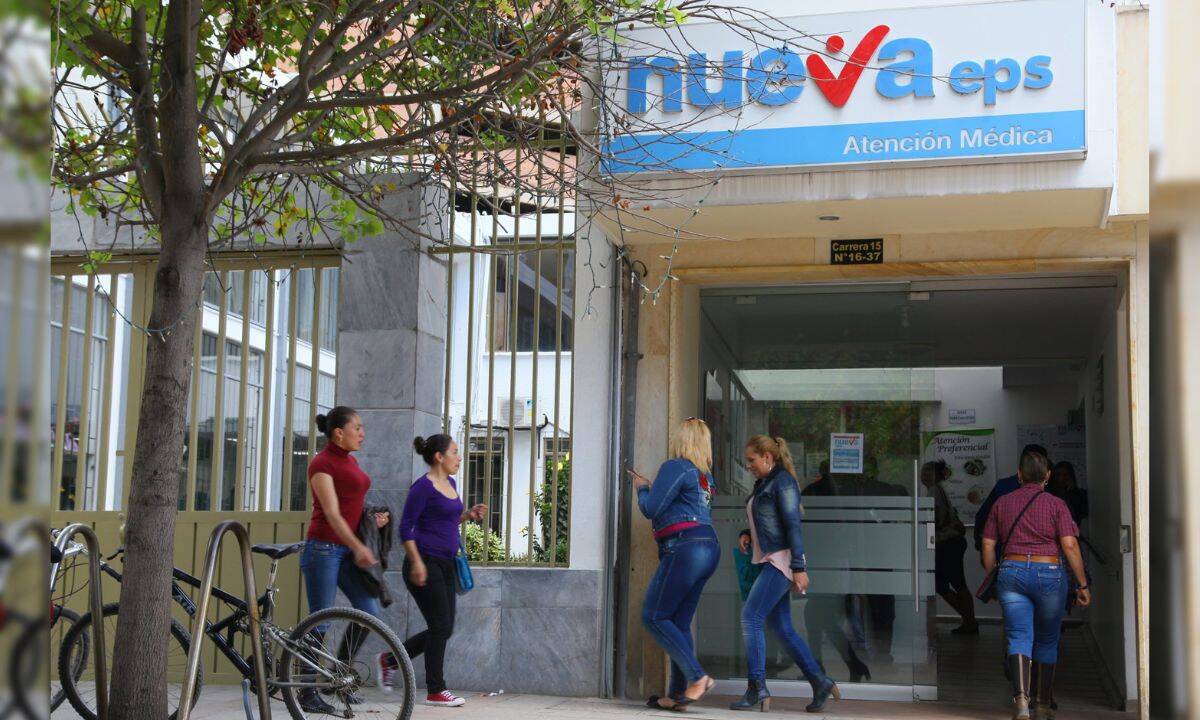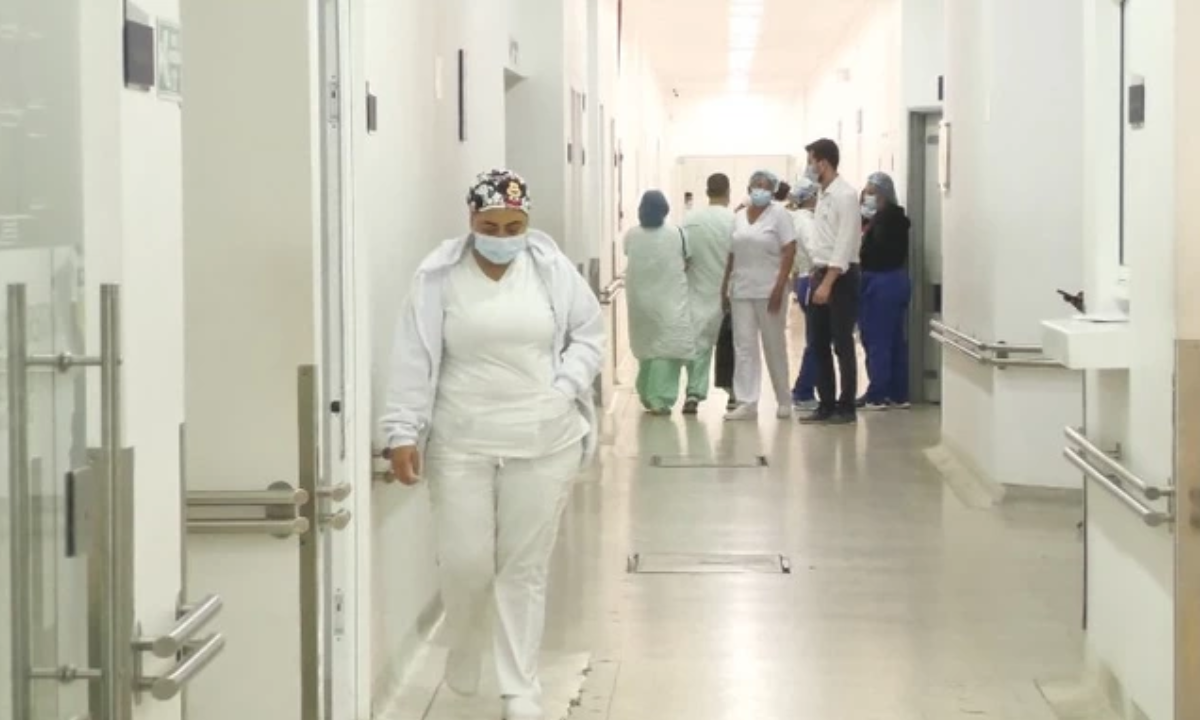EPS are in financial crisis and this puts the health of Colombians at risk: insurers' debts already exceed their assets by 64%.

The Colombian health insurance system is experiencing an unprecedented financial crisis. This is revealed in the latest report from the Así Vamos en Salud think tank, titled "Financial Analysis of Health Insurance Companies in Colombia: First Half of 2019 to 2025." It details the structural deterioration of Health Promotion Entities (EPS) and its impact on the sustainability of the model.
According to figures compiled from official reports from the National Health Superintendency, the situation is critical: in 2025, the sector's negative equity reached -$11.4 trillion, a figure twenty times higher than that recorded in 2022 (-$550 billion). According to the organization's press release, "the plummeting equity confirms that EPSs lack the capacity to respond to their total liabilities, jeopardizing their solvency and permanence in the market."

EPS negative equity went from -$550 billion in 2022 to -$11.4 trillion in 2025. Photo: iStock
The analysis shows that the system's consolidated assets increased from a peak of $23.2 trillion in 2020 to $18.1 trillion in 2025, while debts continued to grow, reaching $29.6 trillion in the first half of 2025. The result is a liability-to-asset ratio of 164%, equivalent to technical insolvency.
"Debts far exceed available resources. This reflects a situation of technical insolvency in the system, since, as a whole, the EPSs do not have sufficient assets to cover their debts," the report warns.
The problem lies not only in the volume of liabilities, but also in their composition. Ninety-eight percent corresponds to accounts payable and provisions, reflecting immediate and contingent obligations that increase pressure on the entities' finances. "A large part of the financial burden of EPSs is associated with contingent risks and legal and operational uncertainty, which makes financial planning in the sector difficult," the document adds.
Less EPS, more risk concentration One of the points the document delves into is that the number of EPSs was reduced from 40 in 2019 to 23 in 2025. But this reduction has not brought financial relief: on the contrary, the operation is concentrated in a few entities.
The report details that "of the 23 EPSs that reported information in 2025, only seven account for 80.1% of the system's assets and 74% of its liabilities." This high concentration implies that a crisis in any of them would have immediate effects on millions of members. In terms of coverage, the concentration is even more evident: seven EPSs account for 80% of the assets and 74% of the liabilities, putting the care of more than 26 million Colombians at risk.
A critical point in interpreting the data is the lack of information from the Nueva EPS since 2024. The entity, which accounts for 24% of the national membership, stopped reporting figures despite having recorded assets of $6 trillion and liabilities of $5.5 trillion in 2023. This omission distorts the real picture, but more seriously, it prevents us from understanding the full extent of the crisis. The report warns that "its absence prevents us from understanding the true magnitude of the problem and increases uncertainty for providers, users, and patients."

Nueva EPS, with more than 11 million members, is the country's largest insurance company. Photo: Luis Lizarazo García. EL TIEMPO Archive
Another point revealed by the analysis is that EPS revenues, primarily from the Capitation Payment Unit (UPC), have remained stagnant at around $36 billion, while healthcare costs continue to rise. In 2025, healthcare spending was $36 billion, plus $2.5 billion in administrative expenses, for a total expenditure of $38.5 billion. In contrast, operating revenues were only $36.1 billion.
This difference explains the negative operating result of -$2.4 trillion in 2025, which adds to a deficit accumulated over the past four years. "The revenue from the UPC is not enough to cover expenses, which include health costs and administrative expenses," the statement concludes.
The overall accident rate indicator reinforces the seriousness of this situation: in all the years analyzed, it was above 100%, reaching 104% in 2025. This means that the EPSs spend more than they receive: "for every 100 pesos received, the EPSs spend between 101 and 104 pesos, confirming that the financing model does not cover the real cost of health care."
The report also reviews the case of the EPSs intervened by the Superintendency. There, the situation shows no progress: "After the control measures, the relationship between obligations and assets to be recovered became even more unfavorable," the document highlights. By the first half of 2025, these entities' negative equity reached -$11 trillion, while the operating deficit reached -$1.7 trillion.

Seven EPSs hold the majority of the assets and liabilities. Photo: Valle del Cauca Governor's Office
The report concludes that "the sharp decline in accounts receivable in 2024, coupled with the sustained increase in accounts payable, reflects critical cash flow and a growing dependence on external resources to guarantee operations."
The overall diagnosis is overwhelming: "The health insurance system is experiencing a structural sustainability crisis. The persistent imbalance between revenues received and rising medical costs has progressively deteriorated the solvency and liquidity of the EPSs."
For Así Vamos en Salud, urgent measures involve three fronts: reviewing the financing model by adjusting the UPC to the actual cost of the benefits plan, guaranteeing immediate liquidity to providers to protect patient care, and demanding transparency in financial reporting, especially from the Nueva EPS.
"The sustainability of the system and the right to health of millions of Colombians depend on firm and immediate decisions," the report warns.
Environment and Health Journalist
eltiempo


